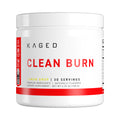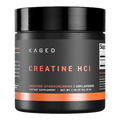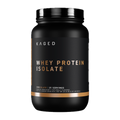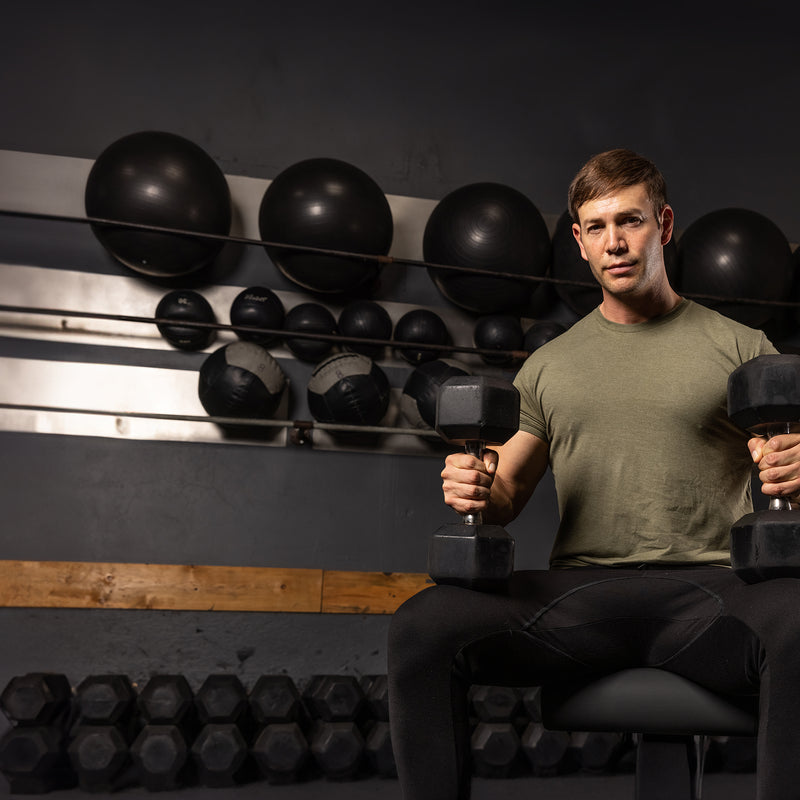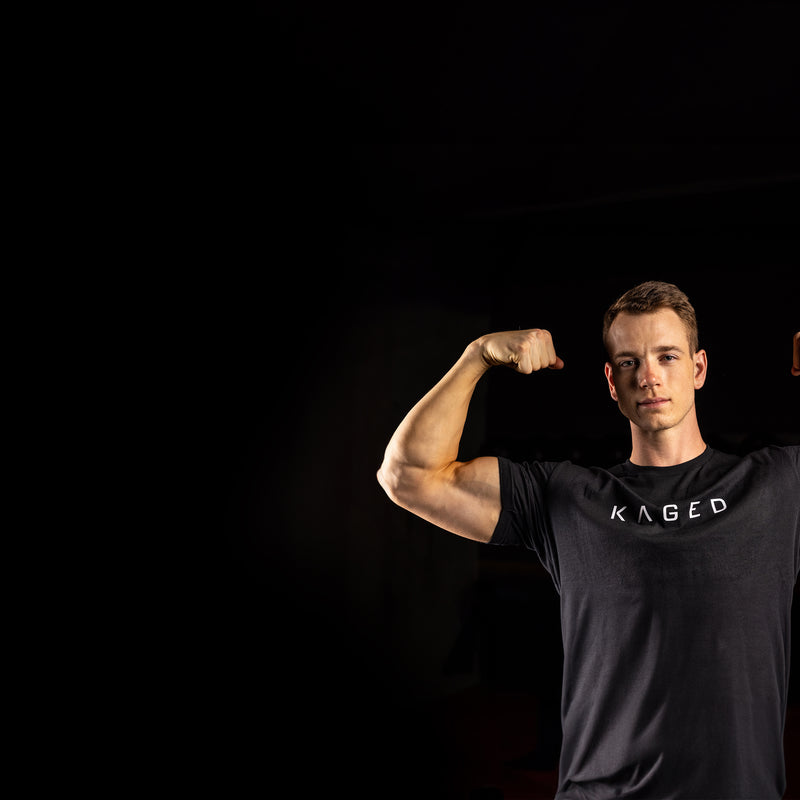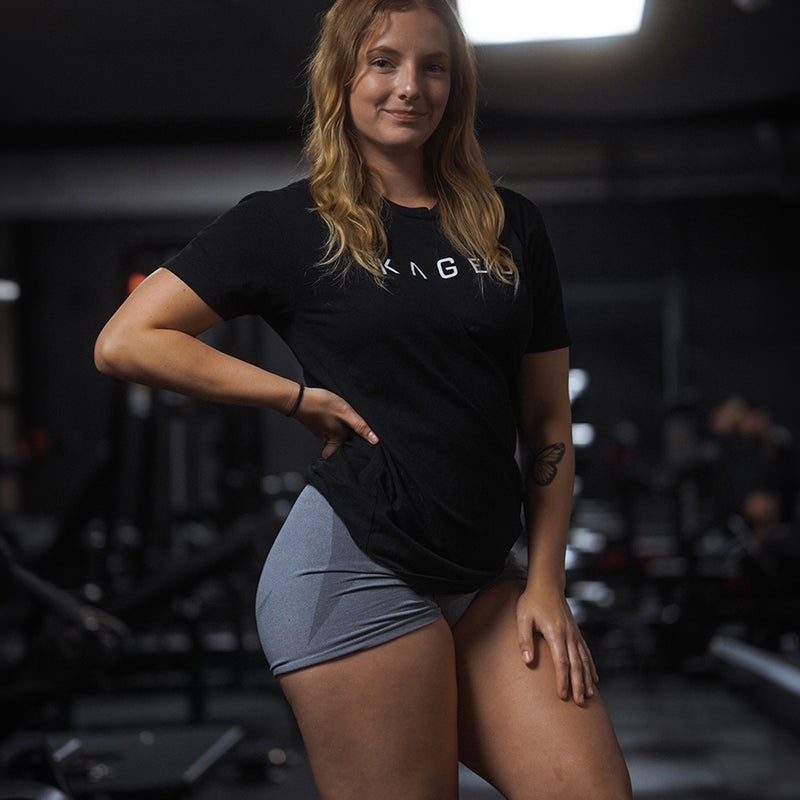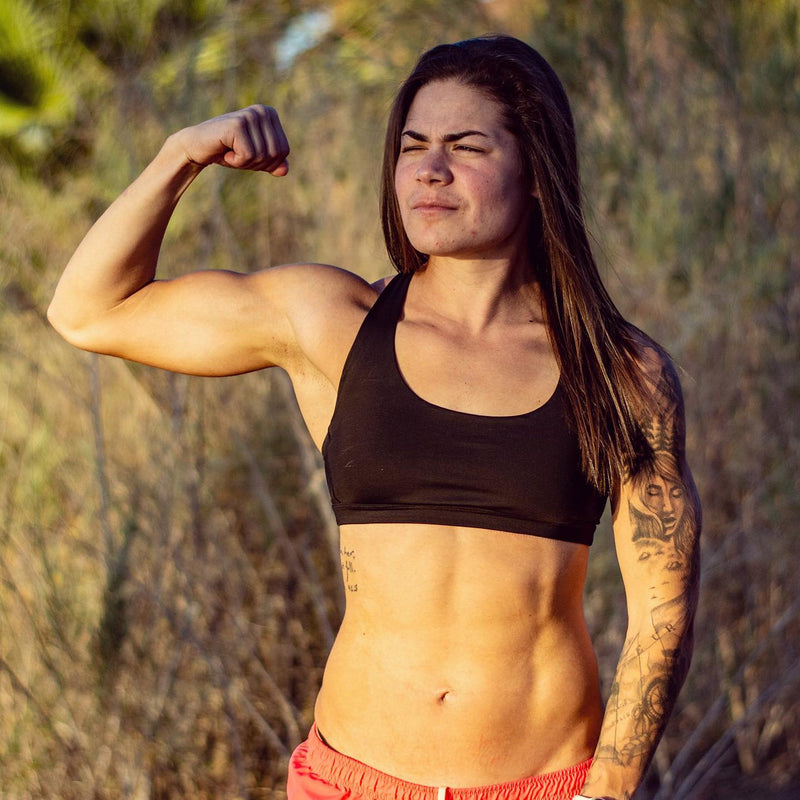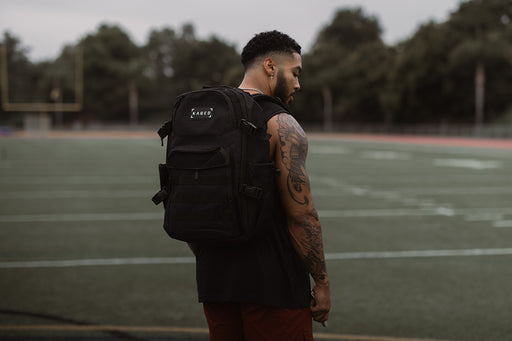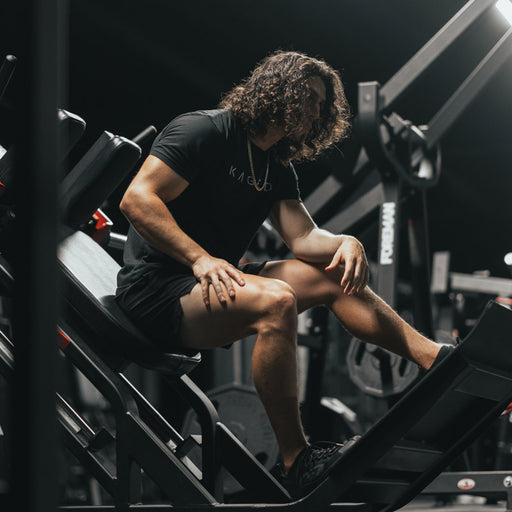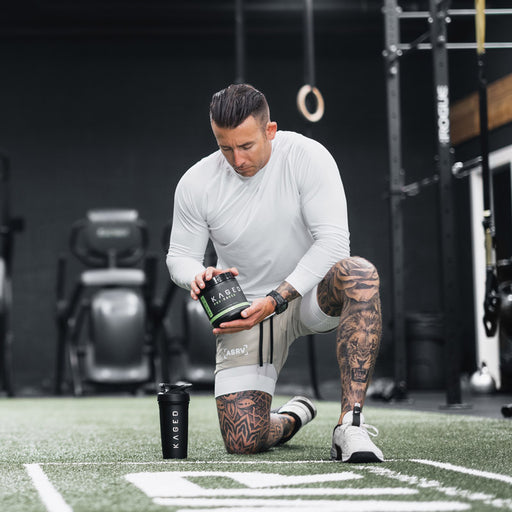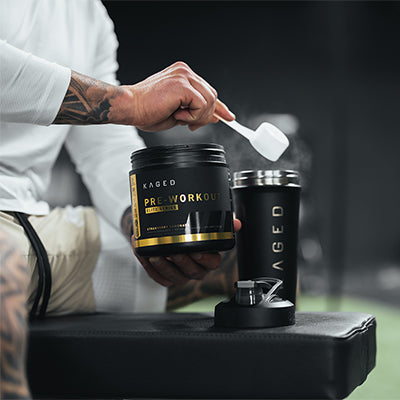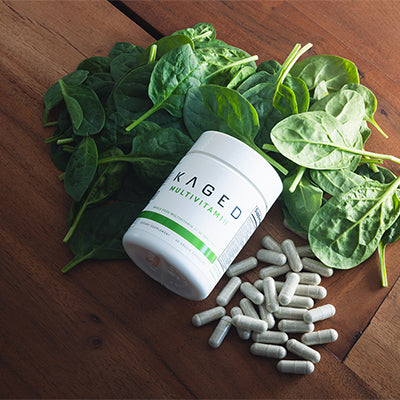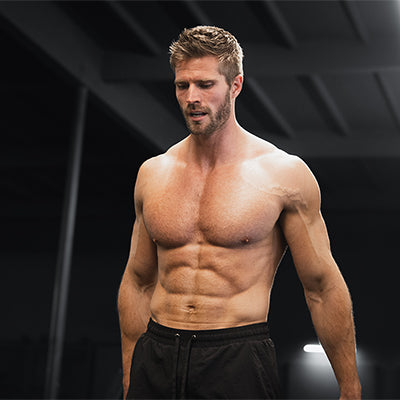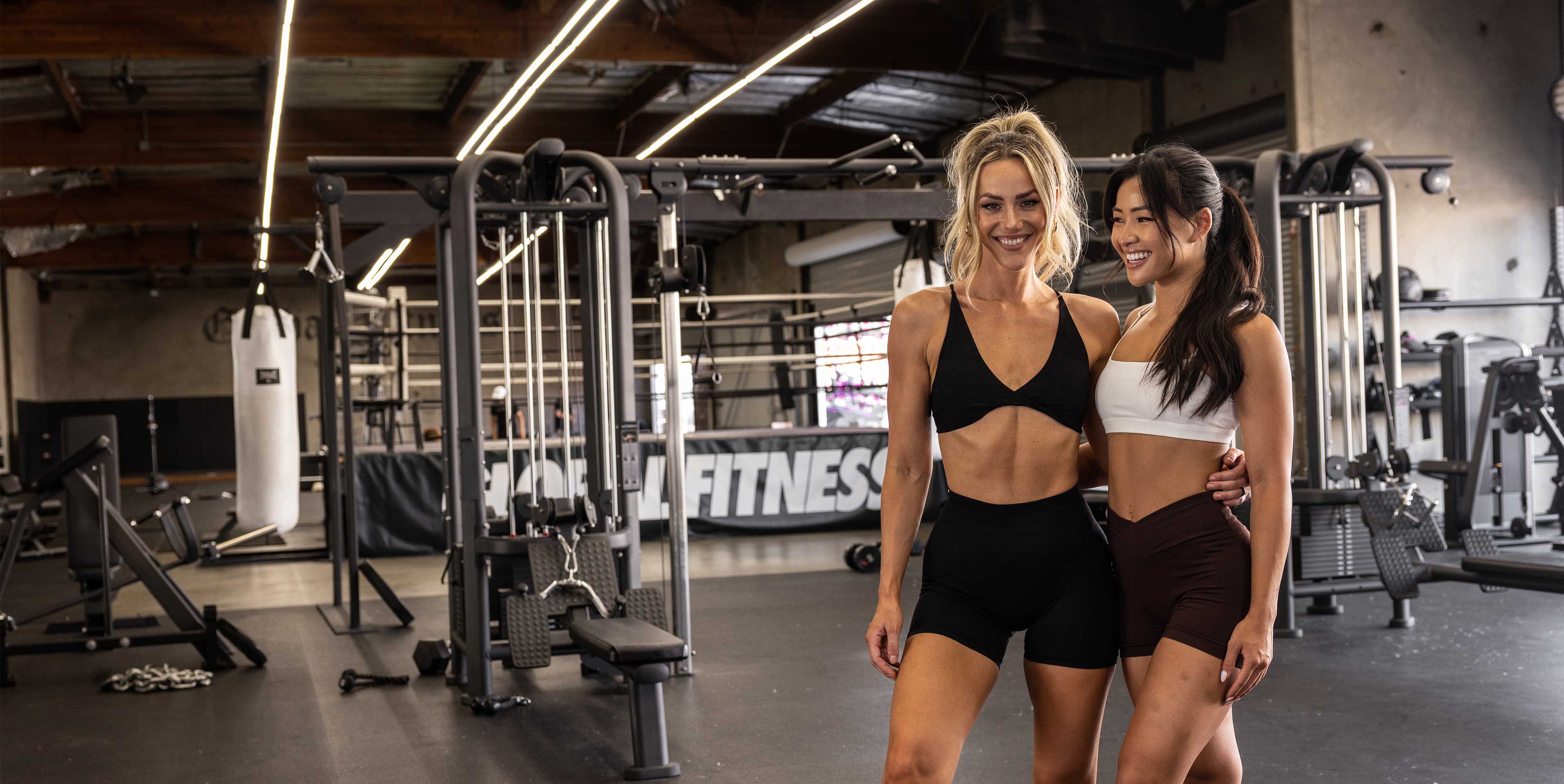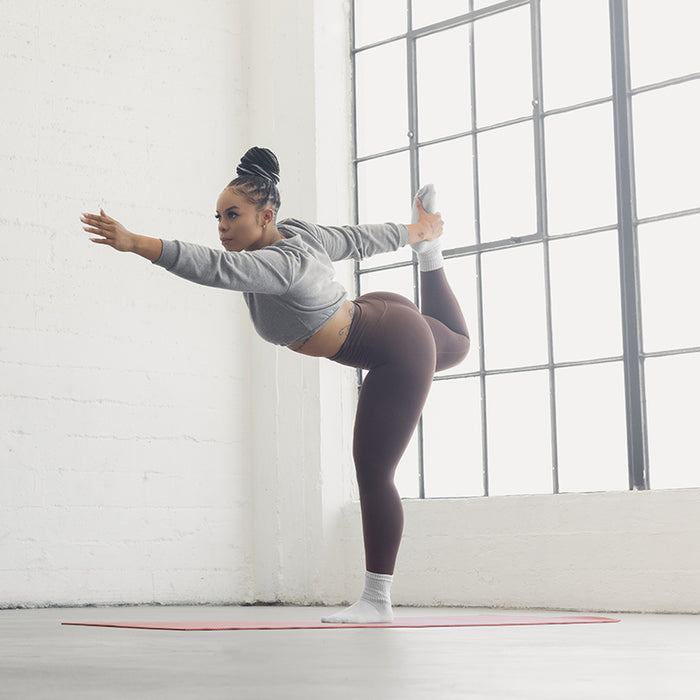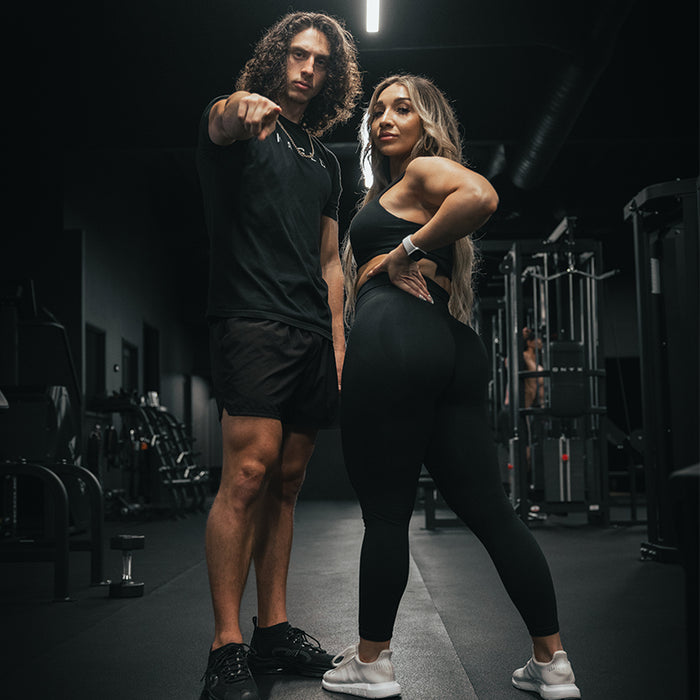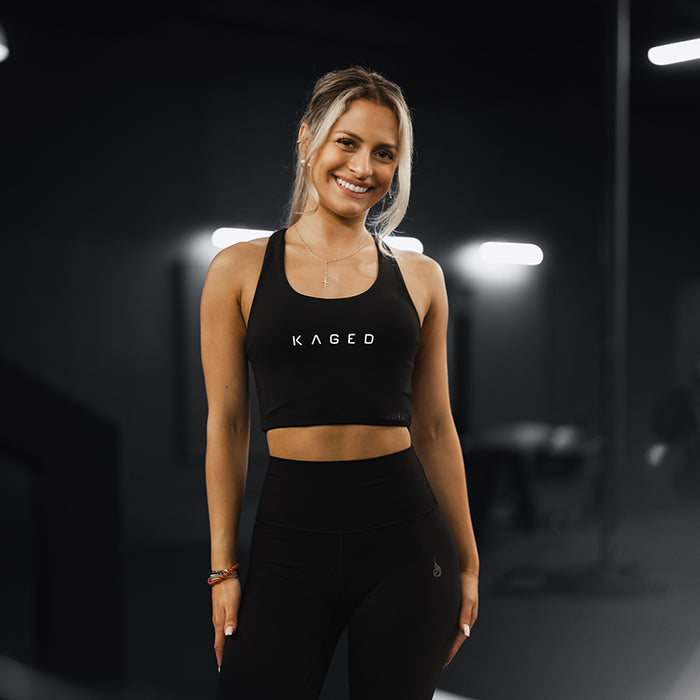For many lifters, the chest is a difficult area to grow and may require some advanced techniques and training methods. This guide will break down the anatomy of the chest, how to optimally train it, and describe an advanced chest workout you can use to stimulate some new growth.
Consider this your ultimate guide to building killer pecs!
Chest Training Anatomy
When it comes to training the chest, a little science can go a long way. By learning the basic anatomy of the chest you’ll be able to tailor your exercises to fully engage all aspects of the pectoral muscles.
One key consideration when training the chest is understanding where the muscle originates and inserts. The pectoral muscles connect from just below the front of the shoulder and across the chest into the sternum (the plate of bone which attaches your rib cage in the middle of your body). Extending that knowledge, it’s also important to know that the chest is comprised of a number of muscles – it’s not just one solid muscle.
The pectoralis major is the larger group of muscles and makes up the upper portion of your chest as it runs from the collar bone and the sternum to the upper arm in two separate muscles. These two muscles are referred to by the location which they originate – the clavicle head or the sternocostal head. The sternocostal head is 75% of the pec major.

The pectoralis minor, as the name infers, is the smaller muscle of the chest. It can be found under the pec major, attached to the ribs and the shoulder blade.
As a whole, these muscles are responsible for pushing movements as well as shoulder flexion. They also work to bring the arms across the front of the body and move your shoulder forward and down. Being aware of the composition of the chest and how it functions can help maximize your training as you connect to the muscles, knowing which portion of the muscle is performing the majority of the exercise you perform.
The Moves for Chest
Based on the anatomy of the chest there are a few key exercises that should top your list as chest builders. The exercise selection is quite limited as the chest has a fairly basic function, especially when compared to larger muscle groups like the back. For this reason, it’s important to continually alternate rep schemes, timing, and body position to load the muscle in new ways for continuous progress.
The following exercises should be included in your chest day program to ensure you work the full aspect of the muscle group for optimal growth.
Dumbbell Fly:
Optimize this exercise by only performing 2/3 the range of movement, taking the dumbbell all the way down but only raising up until the hand is just outside the shoulder. Bringing the dumbbell any further across the body reduces tension in the chest muscle. This translates to less work performed by the chest, moving the load into the shoulder.

Dumbbell Chest Press:
Dumbbells offer a few benefits when training the chest. They allow for a greater range of movement than a barbell as you can bring your arms closer to the midline of your body as you press. With a barbell, your hands are set in place and the ability to activate that midline movement is very limited. Additionally, dumbbells put your body into a better biomechanical position to hit the chest and reduce the load on the shoulders and triceps.
Cable Fly:
Cable flys are a great exercise to include as they allow the chest to work through its entire range of motion. By setting the cable at the proper height for you, you can keep continuous load and tension on the chest through the entire movement. These are a great way to warm up the chest before you start your heavy work as they will get the blood flowing to the entire muscle, priming it for the work ahead.

Bench Press:
Of course, no list would be complete without the classic bench press. Although most lifters see it as the king of chest exercises, the range of motion is limited and it forces you to focus purely on pressing, limiting the engagement of the entire muscle. Another potential issue with the bench press is that once the hands are placed on the bar, the movement path is set and could place more stress on the shoulder joint. With that being said, it is a good overall exercise, great for strength-based work.
Incline and Decline Variations:
By altering the angle of your body for a press or fly exercise will activate different portions of the muscle. Namely, using an incline angle will target the upper portion while a decline position hits the lower aspect of the chest. It’s beneficial to use a variety of angles to ensure you grow the entire chest equally. However, if you find that an aspect of your chest is lagging, you should focus on including more exercises with the appropriate angle.
Hand position:
Including a variety of exercises and angles will help ensure you get a good workout, but don’t overlook the position of your hands as another factor. When it comes to bench press, a wider grip will put more emphasis on the lower portion of the pec major but adds a lot of stress to the shoulder. A close grip provides a greater range of motion, but also recruits more tricep.

Grip:
When you reach for the dumbbells to start your set, give consideration to the way your hands face. Traditional grip has your hands in a prone position – like they would grip a barbell, with palms pointing away from your face. Alternate this with a neutral grip, where the palms point towards each other. This grip will keep elbows close, relieving pressure in the shoulder.
When training for growth, a variety of set and rep ranges is ideal. Training the chest is no exception. Research has shown we lay down new muscle when a variety of mechanisms are used, including mechanical tension, metabolic stress, and progressive overload to induce muscle damage. To target all these areas and maximize your potential for growth, the following example can be used:
|
Exercise 1:
|
Very heavy weight
|
5-6 reps
|
Longer rest (2-3 minutes)
|
|
Exercise 2:
|
Heavy weight
|
8-10 reps
|
Long rest (90-120 seconds)
|
|
Exercise 3:
|
Heavy weight
|
8-10 reps
|
Long rest (90-120 seconds)
|
|
Exercise 4:
|
Moderate weight
|
12-15 reps
|
Short to moderate rest (45-90 seconds)
|
| Exercise 5: |
Moderate weight
|
12-20 reps or
a superset
|
Short to moderate rest (45-90 seconds)
|
Using the above approach, you’ll work your way from very heavy power and strength focused work and slowly transition to pump-based, metabolic stress focused work with lighter weight, higher reps, and shorter rest periods. This structure allows you to target the central nervous system and mechanical tension when you are fresh, and then transition into higher rep work to introduce other mechanisms of growth such as increased blood flow near the end of the workout when fatigue is setting in. At this point in the workout, it would be unsafe to attempt to lift your maximal weight, so the lighter weight is a smarter option.
Sample Chest Workout
|
Exercise
|
Sets
|
Reps
|
Rest (seconds)
|
|
Bench Press
|
3 |
5-6
|
150 |
|
Incline Dumbbell Press
|
3 |
8-10
|
120 |
|
Dumbbell Press
|
3 |
8-10
|
90 |
|
Dumbbell Fly
|
3 |
12-15
|
60 |
|
Cable Fly
|
3 |
12/8/8*
|
60 |
*Dropsets
If the chest is an area you really want to bring up, include this workout at least twice a week and focus on increasing the weight you use each week. Be sure to fuel your body for growth with a well-rounded post workout meal. It should include a healthy serving of a fast-digesting protein, such as Re-Kaged.
With the new knowledge you’ve gathered in terms of the anatomy of the chest and the benefits of different exercises, you can now put it to work. Give the above workout a try and focus on the target pec muscle of each exercise with a strong mind to muscle connection. With consistency, you’ll soon have a fully developed chest.

